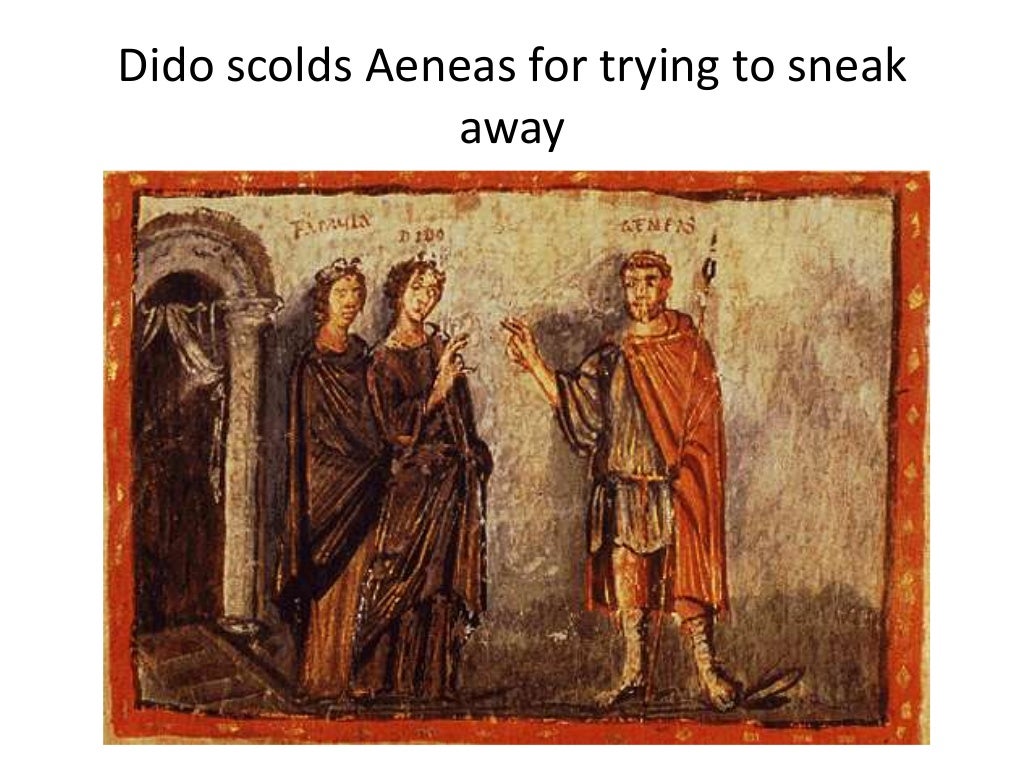


prî-mus ab We just need one more syllable to make the 6 dactyls of a line of dactylic hexameter.iae quî and then prî becomes the long syllable in a regular dactyl:.

The long, long syllable is called a spondee, so technically, you should say that a spondee can substitute for a dactyl. Translate De bello Gallico 6.13-6.20, Read Book 6 of De bello. (Mind you, you can't use two shorts for the start of a dactyl.) Therefore, a dactyl can be long, short, short, or long, long and that's what we've got. Vergils Aeneid into English as literally as possible. One long syllable is the equivalent of 2 shorts. (There are, however, three non-hexameter half-lines in book 1) The first five feet can be any combination of dactyls and spondees.The final foot can be either a trochee or a spondee, but it must be treated as a spondee by the rule of syllaba anceps. It's all long syllables: nô, Trô- iae quî prî Have no fear. No problem so far, but then look what comes next. rum-que ca-The second foot is just like the first.The bough will allow him to enter the underworld. It looks as though the second foot is as simple as the first: The sibyl tells Aeneas that he must find and pluck a golden bough from a tree in an adjacent forest. The next and all succeeding feet begin with a long syllable as well. You should put a line (|) after it to mark the foot's end. (If you aren't bolding the long syllables, you should mark the shorts, perhaps with a υ, and mark the longs with a long mark ‾ over them: ‾υυ.) This is the first foot. Ar-ma vi-You may put short marks over the 2 short syllables.Extra Linguistic Information: The counts as aspiration or rough breathing in Greek, rather than a consonant. When a word ends in a vowel or a vowel followed by an m and the first letter of the next word is a vowel or the letter "h", the syllable ending in a vowel or an "m" elides with the next syllable, so you don't mark it separately.Extra Linguistic Information: The consonants and are called liquids and are more sonorant (closer to vowels) than stop consonants and. When the l or r is the first consonant, it counts towards the position. When the second consonant is an l or an r, the syllable may or may not be long by position.For qu and sometimes gu, the u is really a glide sound rather than a vowel, but it doesn't make the q or g into a double consonant.They are the equivalent of the Greek letters Chi, Phi, and Theta. However, ch, ph, and th do not count as double consonants.Extra Linguistic Information: The 2 consonant sounds are and for X and and for Z. A syllable that ends in X or (sometimes) Z is long by position because X or (sometimes) Z counts as a double consonant.Those syllables in which the vowel is followed by two consonants (one or both of which may be in the next syllable) are long by position.In grammatical terms, Mercury arrives in Libya before he even has flown there. Here, however, it appears that he wishes to indicate that a god moves faster than time. "He flies through the great air with a rowing of wings and swiftly stood on the shores of Libya." Sometimes it is difficult to grasp what purpose-if any-Vergil has in his selection of tenses.

"Volat ille per āera magnum rēmigiō ālārum ac Libyae citus astitit ōrīs." "Smiling down at her (for 'illī'), the father" As is often the case in Virgil, the second part of the sentence explains the first, and the dlcta corpora (18) are identical with the armt mlite (F-B). Middle voice (looks passive but = reflexive) 20: mlite: with soldiery used collectively (Frieze). "filled with tears with respect to her bright eyes," i.e., "her bright eyes filled with tears" "for thus this people would be easy in living through the ages" Since it is an ancient epic, The Aeneid is in dactylic hexameters.
#Aeneid book 6 scansion generator
Interesting Grammatical Features in Aeneid 1 These grammatical features are not necessarily stylistic devices, but may be less common than those topics typically covered in basic Latin. Latin Scansion Generator Syllables - a list of syllables of which the line is divided. O Doomed Troy-all these may be translated "Troy" Yay! The Trojans-all these may be translated "Trojan" Used by itself to refer to the most important figure, i.e., Aeneasīoo! The Greeks-all these may be translated "Greek" Although there may be certain anthropological or geographical distinctions between one name and another, for our purposes they are identical. It is helpful in reading the Aeneid to know that Vergil uses multiple names to refer to the same characters, groups, and places. Useful Proper Names from the Aeneid Introductory Comment


 0 kommentar(er)
0 kommentar(er)
